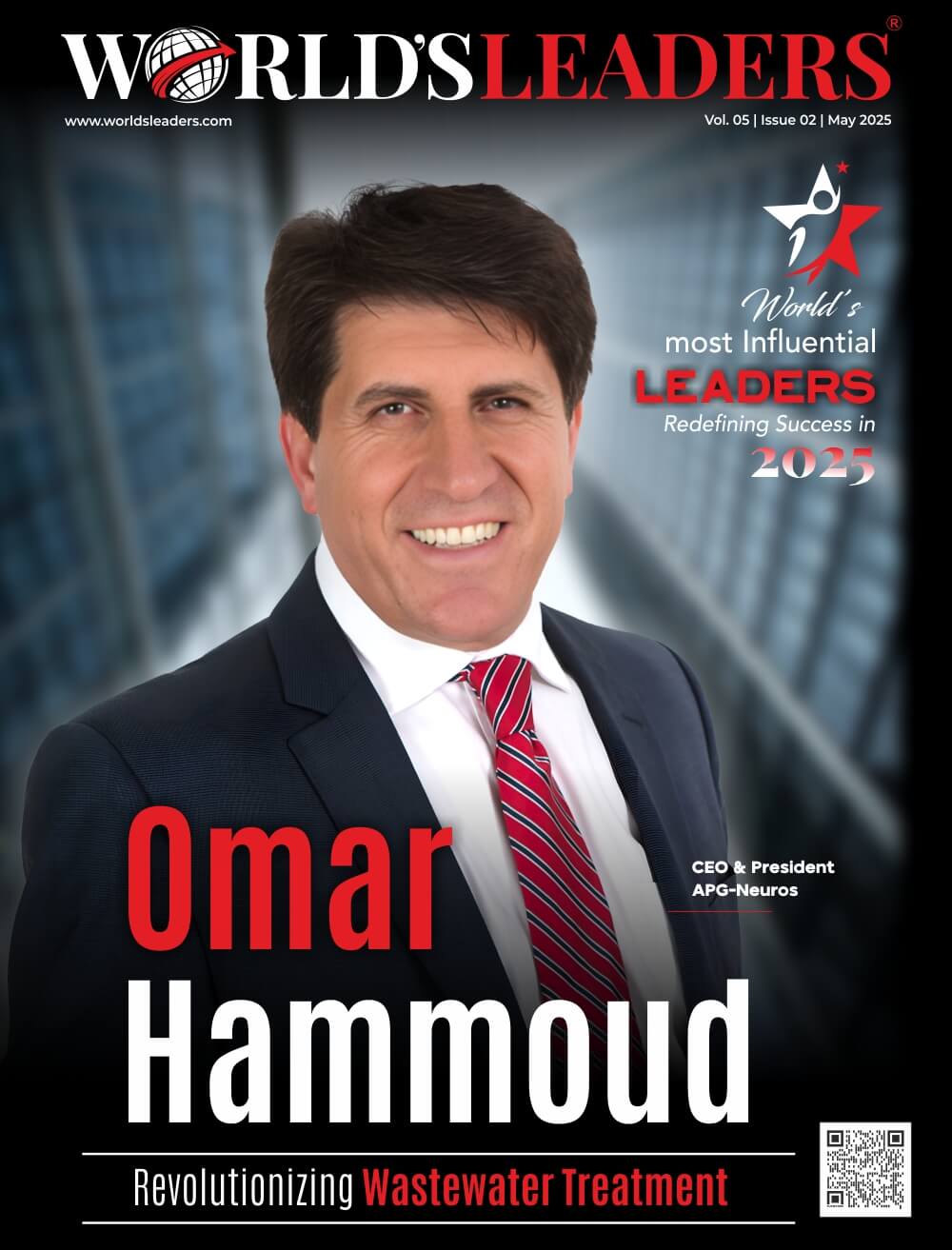The New York Metropolitan Transport Authority (MTA) found it extremely challenging to renew their flood coverage following the massive flooding brought on by Hurricane Sandy in 2012. They developed a novel kind of insurance with the aid of Adam Rimmer and Ian Bartholomew: this “parametric” policy would pay $200 million if the water level in the New York harbor rose over a specific depth rather than pay out depending on damage.
They were aware that those with smaller budgets may also benefit from this type of insurance. When the pair founded FloodFlash, their goals were to make event-based insurance accessible to everyone and to guarantee that everyone could recover from disaster.
Below are highlights of the interview conducted between World’s Leaders and Adam Rimmer:
Describe your background and what did you do before you started/joined the company?
Both I and my co-founder Ian have science backgrounds, having met at Cambridge University. Our paths crossed again at the at-risk management company RMS, where we worked together for several years. In that time, we structured and modelled triggers on over $2bn of parametric insurance product and catastrophe bonds to protect governments and large corporations in the US and around the world.
Tell us about the inception of the company. How did it all start?
I first saw the potential of parametric (or “event-based”) insurance while working at RMS, the world’s largest catastrophe modelling firm. Whilst there, I worked with FloodFlash co-founder Ian on parametric triggers worth millions of dollars. These catastrophe bonds were a means of transferring risk for large governments and corporations.
Unfortunately, they weren’t helping the millions of homeowners and small businesses that couldn’t get flood insurance through traditional means and who didn’t have the funds for detailed risk support. In terms of flood losses, that’s a $58bn problem every year, and it’s only getting worse thanks to climate change and urbanisation.
Ian and I were working on a catastrophe bond for the New York Metropolitan Transport Authority. We developed insurance that paid $200 million when water was measured at a certain depth on the Hudson. This was the point when flooding would inundate the metro and cause huge losses.
We realised that we could use the same principals to provide insurance to the mass market. We set about developing a scalable platform that uses IoT technology and a cloud-based underwriting platform to provide parametric insurance to those that need it most. FloodFlash has already helped thousands of businesses in the UK, with US and international launches on the horizon.
Which are the major services of the company and how do the company to get ahead in the competition? What value-added services does the company provide?
FEMA estimates that 90% of businesses that don’t reopen within 5 days of a flood will close within a year. FloodFlash provides two fundamental services to help people at risk of flooding. First, it provides cover even when the traditional market can’t. Secondly, we pay claims within days of the flood occurring.
Put together, these give us a huge advantage in making sure that when businesses flood, they reopen quickly – guaranteeing their long-term survival.
What are the most important aspects of a company’s culture? What principles do you believe in and how do you build this culture?
We have four company values at FloodFlash that came from us asking the question: when are we at our best? Own the Outcome is all about taking responsibility for projects, communicating throughout, and seeing them through. We always use evidence to make sure that we are using real-world information to understand problems and challenge the status quo. We believe in being helpful and ensure that we respect and value those we work with, our colleagues, and those we work for, our brokers and clients. Finally, Be Brave is the value that encourages autonomy and freedom in our team to help solve one of the biggest problems facing the world right now—the economic impacts of climate change.
What is the significance of innovative ideas in the company?
Put simply, without innovative thinking, FloodFlash wouldn’t exist. We have amazing minds from different disciplines, including insurance, hardware, and products. Every day we challenge each other to help solve a problem that no one has managed to solve before. Without innovative ideas, we will fall short of our mission to help more people recover from catastrophic flooding.
That said, it’s important that we don’t innovate for the sake of it. Many of the things that mark FloodFlash out, like our IoT sensor or insurance product, are a collection of existing technologies applied in new ways. Thinking about how we can use the resources that are available in new and disruptive ways is as important as inventing products and processes from scratch.
Give us your opinion on; do organizations rely heavily on individual heroics or team processes?
Heroes are great for movies. It can be convenient to point to one particular genius for storytelling, PR (or even fundraising) purposes. In the real world, they rarely make a meaningful impact without a great supporting cast.
Bringing a new insurance product to the market takes a large cast with many diverse talents. The cliché of “it takes a village” applies here in spades. One of the things that we work hard at within FloodFlash is hiring people with different experiences so that they can bring fresh thinking. When a cast of experts came together, that’s when our business became more than the sum of its parts.





